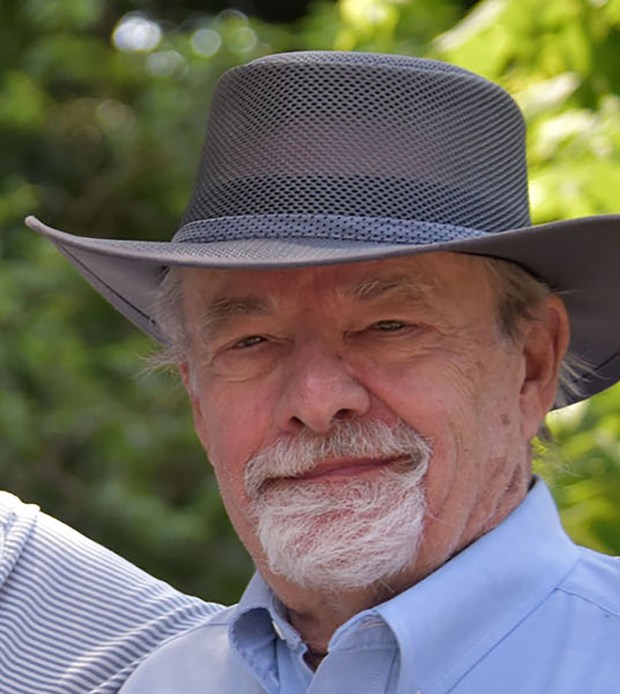Soon, next year we are told, the heretofore hidden history of Illinois’ Underground Railroad will begin to be assembled, documented, recorded and made public.
And it only took 200 years.
Soon, we are told, the stories of those who traveled in silence and the paths they took, aided by the good will of others, and the fierce desire to be free of slavery’s shackles will emerge from the shadows.
An estimated 4,500 to 7,000 people seeking freedom from slavery traversed the rough paths of the Illinois prairie, at times alone and at other times with assistance from strangers. It was a route always fueled by an engine of hope generated by the support of people who guarded its hidden tracks to freedom.
These trails were unlinked dots on an unmarked map of Illinois; a network of farmers, free Blacks and churches that supplied directions, food, rest and hope.
Now, after nearly a year of work, a proposal by a taskforce of state legislators and historians to create an Illinois Freedom Trails Commission will be submitted to the Illinois legislature to explore the paths taken to freedom and to memorialize the stops along this difficult route.
Panel members included state Rep. Debbie Meyers-Martin, of Matteson, state Sen. David Koehler, of Peoria, and Larry McClellan, a professor emeritus at Governors State University and a former mayor of University Park (when it was called Park Forest South).
McClellan has written three books on the Underground Railroad, including his latest effort, ““Onward to Chicago: Freedom Seekers and the Underground Railroad in Northeastern Illinois,” in which he fills in the heretofore untold stories of the Underground Railroad across northeastern Illinois in the 40-year era leading up the Civil War. He said there could be up to 200 sites in the state tied to the Underground Railroad network.
“My hope is that in a year or so, a small staff in Springfield can support an Underground Railroad initiative around the state,” says McClellan.
He says there are two cycles of stories to be told, those of the freedom seekers and those who responded to their hopes.
From 1820 to the start of the Civil War in 1861, he says, as many as 150,000 slaves fled to freedom, aided by risk-taking helpers who cared for those who fled slavery for the safety of a new life in Canada.
Most of those who fled slavery came from the border states to the west and south, traveling toward Chicago and trails that led into Indiana, then through Michigan to Detroit. From the 1840s on, these travelers could book boat passage from Chicago to Detroit and then to the free settlements in Canada.
Those who followed the Illinois River route through Lockport could get to Chicago, where boat passage to Detroit on the Great lakes was available. Those who did not weaved through what is now the south suburbs and included farms around Crete and the Crete Congregational Church, the McCoy Homestead (now the intersection of Sauk Trail and Western Avenue in Park Forest), the Jan and Aagie Ton Farm on the Little Calumet River in Chicago and similar supporting sites in northwest Indiana including Dyer, Valparaiso and Merrillville.
In 2018, the National Park Service designated the site in Crete, which is now the home of the village’s historical society, as part of the Underground Railroad Network to Freedom Trail.
McClellan notes “helping was always illegal, and it then became even more dangerous to break the law.”
McClellan also heads the board of the Midwest Underground Railroad Network, which is part of the Little Calumet River Underground Railroad Project providing educational, cultural and tourism activities for all interested parties
The 200 years between then and now has turned original sites into empty sites. McClellan hopes the proposed commission will connect the journey, locations, responses and “remarkable courage” of those who traveled the often dangerous path to freedom.
Even Congress decided an Underground Railroad was unlawful. In a dismal effort to avoid a civil war, Congress passed the Fugitive Slave Act in 1950, stating anyone convicted of helping a slave escape to freedom could be fined $1,000 and imprisoned.
That may have slowed the train to freedom, but they could never derail it.
Jerry Shnay, at jerryshnay@gmail.com, is a freelance columnist for the Daily Southtown.





